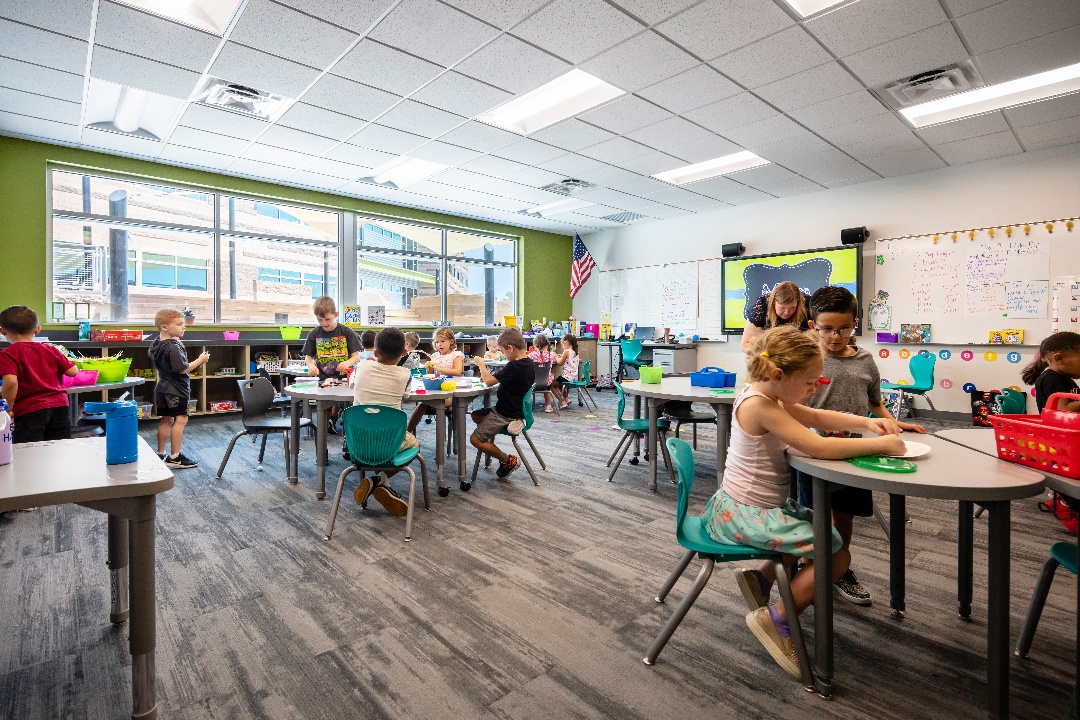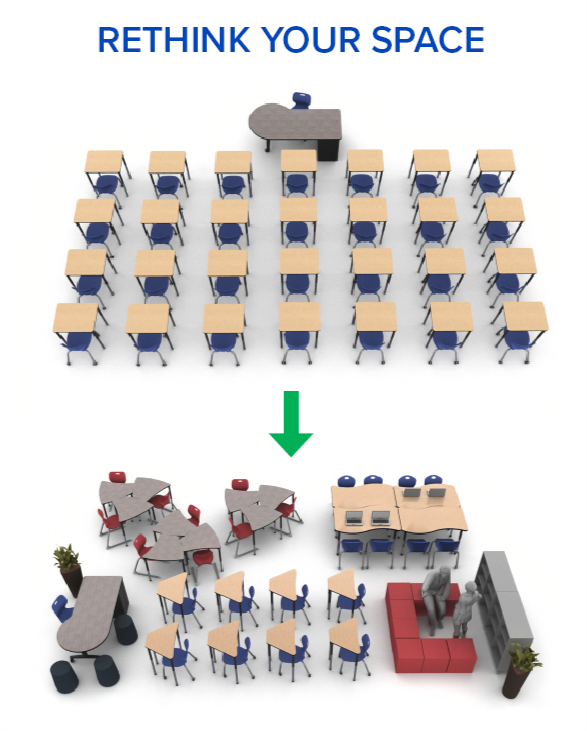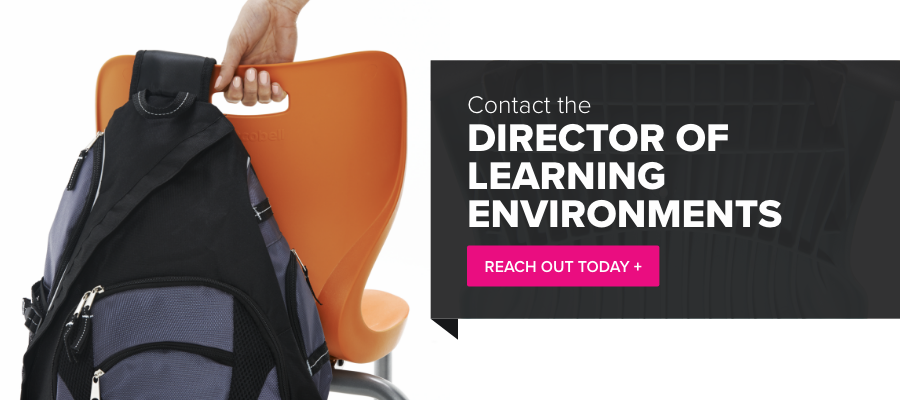Transform learning by transforming the learning environment.
The concept makes sense but in practice, it can be quite daunting for even the most seasoned educator. Throughout the educational world, the movement toward more flexible learning environments aims to increase active learning, student engagement, and innovation.
This is part of a series on the benefits professional development for teachers with on flexible furniture in 21st Century classrooms. Read also:
New Furniture. Now What?
How are we helping teachers transform learning?
The success story of a school who put teachers first.

Research and theories behind flexible learning environments support student-centered learning which promotes deeper learning and ownership for students. Redesigning classrooms to be brain-friendly and enriching spaces that are safe and secure supports students from diverse backgrounds.
how do you plan and prepare to transition from a traditional space to a flexible space?
Providing professional learning for teachers and staff on how to implement flexible furniture is critical for their success and ultimately for successful student outcomes. Flexible and intentional professional learning should be a purposeful event based on teacher needs, allowing them to connect the dots between teaching, learning, and their environment.
Teachers generally just need a spark. And then, once they get one idea, then their minds take off, and they have lots of ways that they can implement. I’ve found that if we have some initial training, then they are less likely to return to what’s comfortable, and more likely to be creative in their own thinking and take it beyond the professional learning that they receive to really implement it in their classroom. [Belinda Kuck, Davis School District]
 When I work with schools, and especially the teaching staff, I have found it essential to provide context. This workshop, “Defining your Why,” is based on educational research that supports flexible, active learning environments. Helping the teaching staff make the connections between the desired teaching, learning and curriculum is critical in helping them embrace the flexibility of the learning environment and enhance the experience for the students in their classroom.
When I work with schools, and especially the teaching staff, I have found it essential to provide context. This workshop, “Defining your Why,” is based on educational research that supports flexible, active learning environments. Helping the teaching staff make the connections between the desired teaching, learning and curriculum is critical in helping them embrace the flexibility of the learning environment and enhance the experience for the students in their classroom.
"We were able to connect the philosophy of STEM versus the old-fashioned way of just doing science [to new learning spaces].... {Students learn] how to work together, and how to problem-solve and figure things out. They're useful in the workplace, and the classroom setup allows that because you're asking them to figure it out, who you gonna work with, how is it gonna happen? What's working for you? Learning how to learn.... [teachers from Grandview Heights, Surrey, BC]
Professional learning is most powerful when it is just in time.
Providing virtual, online, and in-person learning will meet the needs of the staff. Just like our creating personalized learning experiences for our students, we need to look at how we help teachers personalize their learning experiences, especially when it comes to transforming their learning space. Change is hard when we ask teachers to put aside the teaching techniques they have honed over their career and that were molded by the environments they were in.
One thing that was interesting: identifying a paradox between these incredible new learning spaces and the challenges educators have bringing their experience into a new space, trying to adapt to the new space and finding that difficult... Sometimes we're hindered by our experience and our bad habits that we bring from traditionally built schools. [teachers from Grandview Heights, Surrey, BC]
To truly transform learning spaces, we also need to transform our teaching. And that takes work.
Join us this week on LinkedIn and Facebook (and next week at LearningSCAPES 2022) to explore how we can all help our teachers be more successful in a transformational era.
